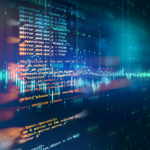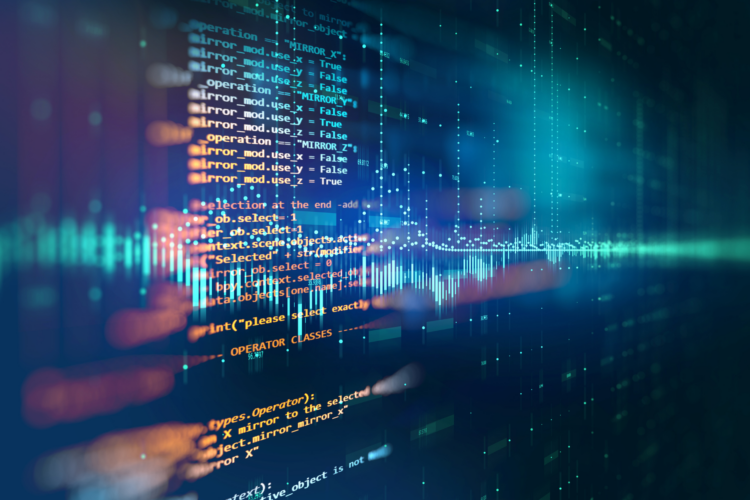The impact of artificial intelligence and machine learning keeps growing by the day. Today, we have the feeling that we have only seen the tip of the iceberg in terms of the transformation they will bring to our lives. But to evolve, these revolutionary technologies rely on a complex process that is called data training.
As these technologies play an increasingly important role in our global economy, it becomes crucial to gain a deeper understanding of the process by which they become what they are. We will explore how data training works, what are the different types of data involved in the process, and what are the implications of data training for the evolution of AI and ML models.
Achieving high-quality training processes can make a difference as the world quickly becomes more and more AI-driven. In a context in which the AI market is booming, effectively addressing the challenge of data training is decisive for companies’ competitive edge.
But let’s take it from scratch.
What is training data in machine learning?
Lately, we have seen the rise of highly developed generative AI systems that can create texts and images based on prompts and descriptions. But before ChatGPT-3 or Dalle-E became public, the algorithms in which they are based underwent a long learning process. During this stage, models were intensely supervised and reinforced with a variety of techniques as they received input from carefully selected datasets.
This intricate learning process is known as data training.
As they develop and evolve, machine learning models that grant these AI systems their capabilities are taught to recognize patterns and trends within huge sets of data. Gradually, they learn how to classify information, cluster and analyze data, predict outcomes, and, finally, make automated decisions.
The data training process varies according to the nature of the problem it aims at solving. In any case, the data gathered for training purposes should meet the requirements of a specific learning objective.

The crucial role of data in machine learning
A popular example that could help us illustrate the use of training data in machine learning is self-driving cars. A Waymo self-driving car is based on neural networks that enable the vehicle to interpret sensor data. Machine learning algorithms use this data in order to give the vehicle an understanding of the world that surrounds it. This implies complex processes such as identifying objects and tracking them through time.
The example helps us understand why using quality training data is critical. A self-driving car will only be able to identify a pedestrian walking in the street after the machine learning model on which it is based has been fed a huge amount and variety of examples. If pedestrians have not been carefully labeled in these images, the system will be more likely to fail at a decisive moment.
When training data is biased, incomplete, or irrelevant, the model’s performance will suffer. Therefore, it is essential to ensure that the training data is accurate, relevant, and sufficiently diverse to train the models to manage different real-world situations.
Training and testing data in machine learning: What is the difference?
Data training and data testing are both essential, complementary elements of machine learning. While data training aims at teaching the model how to recognize patterns, data testing evaluates its performance.
The goal of data training is that a model can acquire the capability of making predictions and decisions based on certain inputs of data. But to evaluate how accurate and reliable a model is, it has to be tested using a different set of data, one that it has not seen before. This is why we have differentiated training and testing sets in machine learning. The separate datasets used to perform the tests are known as testing data.
Sometimes, models can be overfitted for the data that was used to train them but unable to generalize to unseen data. Testing data allows us to analyze how a model reacts and performs when presented with previously unknown data sets. The results of these evaluations determine whether further data training is required or whether the model has incorporated the capacity to identify patterns even when receiving the input of previously unseen data.
The importance of high-quality training data for AI systems and ML algorithms
Today, the effects of AI systems on productivity and efficiency are already revolutionizing a wide array of industries, including healthcare, cybersecurity, finance, education, and many more.
Proper data training is what makes it possible for AI systems to reach the predictive and decision-making capabilities that can truly make an impact. However, an effective data training process must rely on high-quality and diverse data.
Why do we have a testing and training set in machine learning?
Performing data training using poor-quality data may lead to unsatisfactory results. In order to avoid some of the most common fears surrounding the use of AI and ML -such as biased outcomes and ethical issues- it is crucial to ensure that data training is always performed using reliable data.

Data training in the already-undergoing era of AI
AI systems based on machine learning algorithms are increasingly important in how businesses and individuals operate in the global market.
Their ability to identify patterns, make accurate predictions, automate all types of tasks, and make businesses and individuals more productive and effective will continue to transform our interactions with the world and with other human beings.
As AI and ML models evolve and expand, it will become a priority to ensure that the quality of the data used to train these models matches the importance these technologies will have in the proper functioning of the economic infrastructure of our society.
Want to learn more about big data, artificial intelligence, and all of the latest tech trends? Keep reading our blog!











